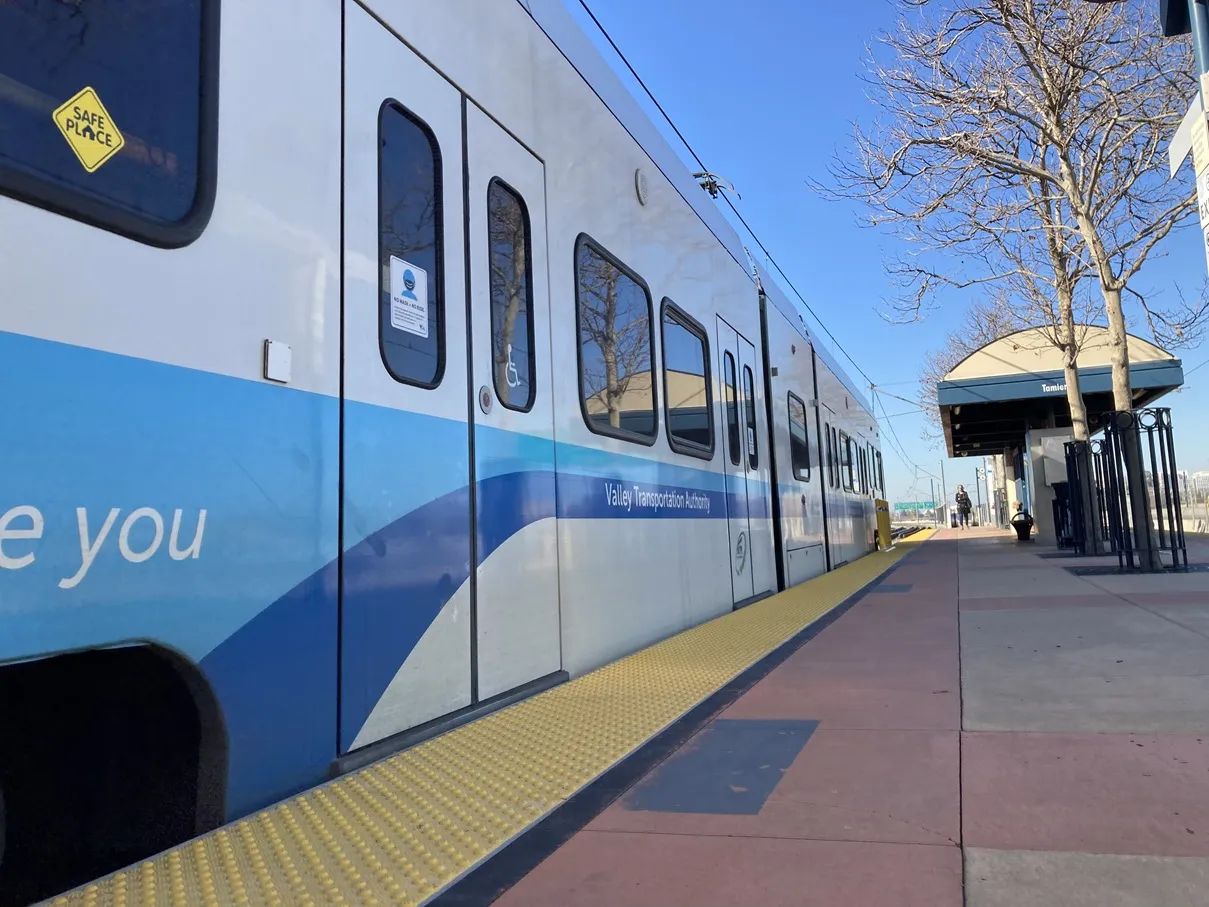A fire in the third-bore of the Caldecott tunnel that killed seven in 1982 led to changes to standards for new tunnels, including the new fourth bore which is due to open later this month.
November 1, 2013
Read time: 2 mins
A fire in the third-bore of the Caldecott tunnel that killed seven in 1982 led to changes to standards for new tunnels, including the new fourth bore which is due to open later this month.
There were no traffic lights, emergency gates, or message signs to warn motorists of the fire inside, caused when a gasoline tanker burst into flames. The lessons learned from that have inspired the many safety features built into the new US$417 million fourth bore.
Some improvements have already been added to the First three tunnels, including surveillance cameras, variable message signs and external warning signs, and unlike the original two bores, the third and fourth bores will be connected by seven escape passages.
Traffic lights and a traffic gate that swings shut in emergencies have also been added to the third and fourth bores.
Fire and safety systems installed in the new bore include state-of-the-art fire detection and suppression systems. TOS and SCADA (Supervisory Control And Data Acquisition) systems will provide specially-trained operators with real-time information and management capabilities for the four tunnels’ traffic, fire detection, power supply, ventilation and lighting systems. These systems allow trained professionals at the new operations and maintenance control centre to monitor and respond to threats inside the tunnel, including detecting and suppressing fires and other hazards, and providing real-time information to help motorists safely exit in an emergency.
The project, which will bring congestion relief in the off-peak direction to commuters between Alameda and Contra Costa counties, is a partnership between (Caltrans), the Contra Costa Transportation Authority, the Alameda County Transportation Commission and the343 Metropolitan Transportation Commission.
There were no traffic lights, emergency gates, or message signs to warn motorists of the fire inside, caused when a gasoline tanker burst into flames. The lessons learned from that have inspired the many safety features built into the new US$417 million fourth bore.
Some improvements have already been added to the First three tunnels, including surveillance cameras, variable message signs and external warning signs, and unlike the original two bores, the third and fourth bores will be connected by seven escape passages.
Traffic lights and a traffic gate that swings shut in emergencies have also been added to the third and fourth bores.
Fire and safety systems installed in the new bore include state-of-the-art fire detection and suppression systems. TOS and SCADA (Supervisory Control And Data Acquisition) systems will provide specially-trained operators with real-time information and management capabilities for the four tunnels’ traffic, fire detection, power supply, ventilation and lighting systems. These systems allow trained professionals at the new operations and maintenance control centre to monitor and respond to threats inside the tunnel, including detecting and suppressing fires and other hazards, and providing real-time information to help motorists safely exit in an emergency.
The project, which will bring congestion relief in the off-peak direction to commuters between Alameda and Contra Costa counties, is a partnership between (Caltrans), the Contra Costa Transportation Authority, the Alameda County Transportation Commission and the








